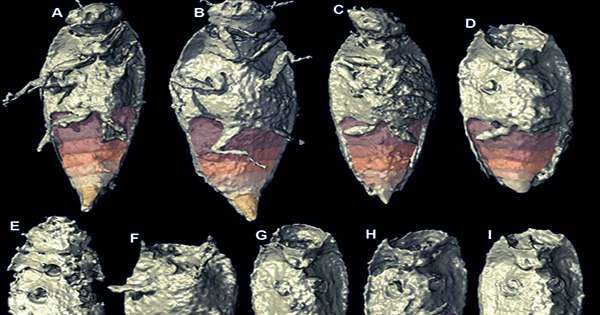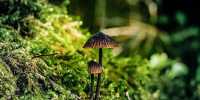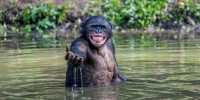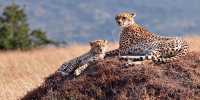It is well known that our early years can shape much of our adult life for the better or for the worse. Among us, those who are lucky enough spend time sipping juice boxes and jumping rope with our friends, perhaps reading nursery rhymes or teaching us ABC. Many of us don’t spend these in the coolness of the ocean, before being buried in a pond of silt.
It was about 500 million years ago that thousands of young spines and other rare, soft-bodied creatures were cared for in a paleonursery. Child care has certainly changed a bit in the last half.
Now, researchers have discovered evidence of these poor young things and their devastating destructive events. More than 2,800 fossils – 51 percent of them larvae, juveniles or subdalts – have been found near Kunming, China. The site, called Haiyan Lagerstätte, contains a Cambrian-era cemetery with a network of the oldest and most diverse fossils found to date.
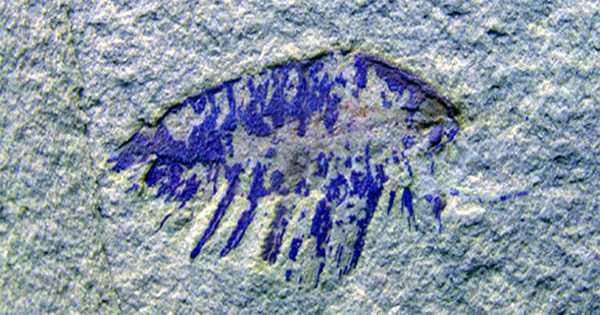
Their findings are published in the journal Nature Ecology and Evolution. There are 118 species of fossils – 17 of them new – including the ancestors of modern-day insects, crustaceans, worms, trilobites, algae and sponges. Fossils The Cambrian era – 540 to 490 million years ago – is an era defined by the explosion of biodiversity and the emergence of complex multi-organism life forms that favor all modern animal groups. Early evidence of parenting was also discovered during this period.
Haiyan Lagerstätte may attract these parents as a good place for their children to grow up – study authors suggest that the site may offer protection against prejudice, as well as abundant food sources, prompting them to establish palaeontology. Apparently, the Cambrian parents were nurturers. Julien Kimmig, collections manager at the Earth and Mineral Sciences Museum & Art Gallery, Penn State, said in a statement, “It’s amazing to see all these teenagers on the fossil record.” “Adolescent fossils are something we rarely see, especially from soft-bodied invertebrates.” Fossils have also been remarkably preserved: “The site preserves details like a 3D eye, a feature never seen before, especially in early stage deposits,” said Sara Kimig, assistant research professor at the Institute of Earth and Ecosystems and facility manager for isotopes and metals Laboratory for.
